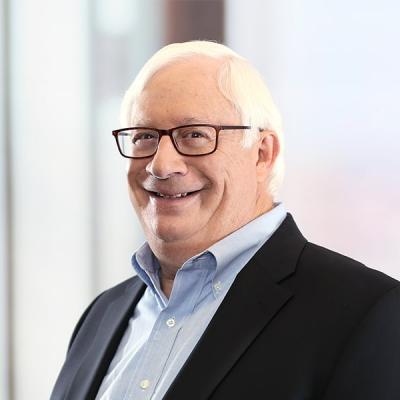FTC Requires Divestiture of Assets in Industrial Gas Suppliers’ $80 Billion Merger
On October 22, 2018, the FTC announced it had reached a settlement with industrial gas suppliers Praxair, Inc. and Linde AG (the “Parties”) arising out of their proposed merger. According to the FTC’s Complaint, issued by 4-1 vote, the companies agreed to merge in June 2017 in an all-stock merger valued at approximately $80 billion. The merger sought to combine Linde, the second-largest industrial gas supplier, with Praxair, the third-largest industrial gas supplier, creating the largest such company in the world. In fact, the Complaint noted that the proposed merger would eliminate direct competition between Praxair and Linde, allow the merged firm an enhanced ability to unilaterally increase prices, and eliminate a competitor for gas customers in markets where alternative sources of supply are limited. Commissioner Rohit Chopra issued an interesting dissent.
In its Complaint, the FTC defined nine relevant product markets, including bulk sale of liquid oxygen, nitrogen, and carbon dioxide, among others. As to geographic market, the FTC defined the market as the entire United States for the majority of products at issue. At base, the FTC alleged that the merger would harm competition in the nine product markets, ultimately leading to the settlement.
In reaching an agreement with the FTC, the Parties agreed to divest:
- Linde’s U.S. bulk liquid oxygen, nitrogen, and argon business, including all thirty-two of its merchant air separation units;
- Sixteen of Linde’s U.S. carbon dioxide facilities, source contracts equal to all of Praxair’s helium source contract volume (less the volumes ordered divested to other companies by the European Commission and China);
- Linde’s U.S. excimer laser gas business;
- Linde’s North American liquid hydrogen production facility, along with all related equipment, intellectual property, contracts, and other assets;
- Five of Linde’s HyCO facilities outside the Gulf Coast region;
- Linde’s hydrogen pipeline in the Gulf Coast, intellectual property, customer contracts, and other assets;
- Linde’s Clear Lake, Texas plant; and
- Linde’s La Porte, Texas plant.
The agreement represents a significant structural remedy with pre-identified buyers, which was a major reason for Commissioner Chopra’s dissent.
In his dissenting statement, Chopra indicated that he was not opposed to his fellow Commissioners’ approval of the divestitures per se, but believed that they perhaps did not go far enough. Without the divestitures, Commissioner Chopra noted that “the merger would be clearly anticompetitive in violation of the Clayton Act, with a high likelihood of harming manufacturers of a wide range of industrial and consumer products.” With the divestitures in place, however, “this remedy was still a close call.”
Interestingly, one of Chopra’s main concerns with the divestitures agreed upon by the government and the Parties was that one of the divestiture buyers, MG Industries, is a joint venture by Messer Group BmbH, a major industrial gas company, and CVC Capital Partners, a private equity firm. Given the nature of private equity firms, Commissioner Chopra noted the risk that MG Industries would subsequently sell its assets, leading to future anticompetitive effects. Commissioner Chopra’s concerns were not limited to these specific buyers, but rather, he emphasized that the FTC should scrutinize a potential buyer in order to determine whether it can meaningfully replace competitive market forces eliminated by a merger.
He asserted that the Commission could have insisted upon prior notice to or approval of any such asset sales. Chopra noted two prior instances where the Commission placed additional restrictions on private equity buyers – (1) Koninklijke Ahold and Delhaize Group, where the Commission required the divestiture buyer to seek approval for transfer of divested stores for three years; and (2) Nestle Holdings and Ralston Purina, where the Commission required a private equity fund buyer to seek Commission approval prior to the sale of certain assets for five years.
Finally, Commissioner Chopra discussed his concern regarding private equity buyers’ levels of debt financing, leading to greater risk and potential insolvency. His main concern arises where a buyer is in an “unusual or distressed” situation. In such a situation, its incentives for purchasing may differ from the government’s ultimate rationale for allowing a divestiture, and can result in ultimate sale of assets in a manner that leads to anticompetitive effect. Therefore, risk remains that a private equity buyer could, in a rather quick time frame, sell assets to a company that the Commission would not have allowed parties to divest to in the first instance.
The FTC has five new Commissioners, so none of them was involved with the prior private equity consents. At least for now, Commissioner Chopra’s preference for heightened scrutiny of divestiture buyers has not obtained traction with any of the other four members of the Simons Commission. In this case at least, those Commissioners believed the buyer to be sufficient to approve the structural remedies in this case.
The FTC has posted materials to its website, including the Complaint and an FTC analysis of the proposed agreement containing consent orders, and the consent package is subject to public comment through November 21, 2018.

